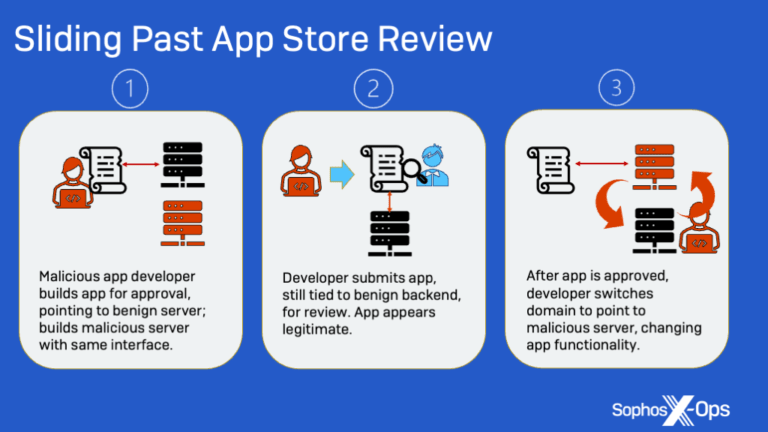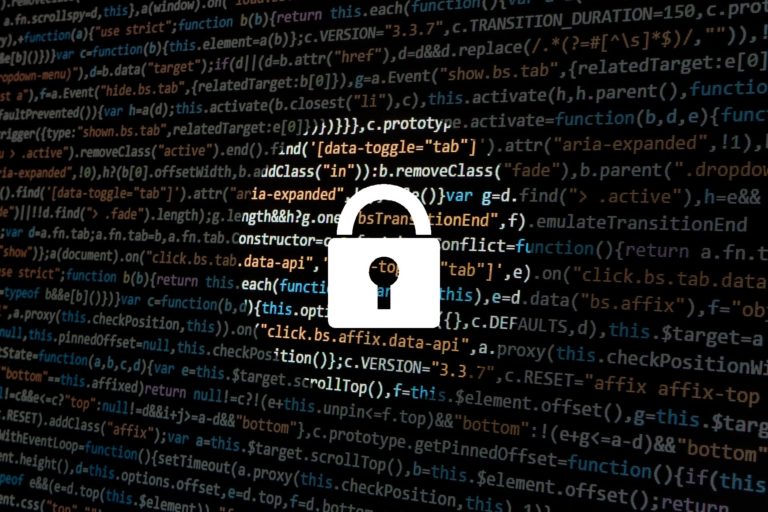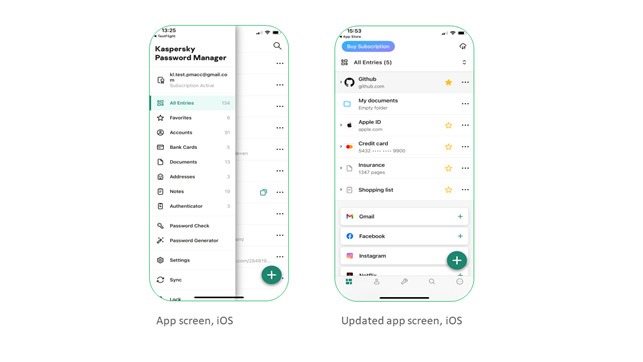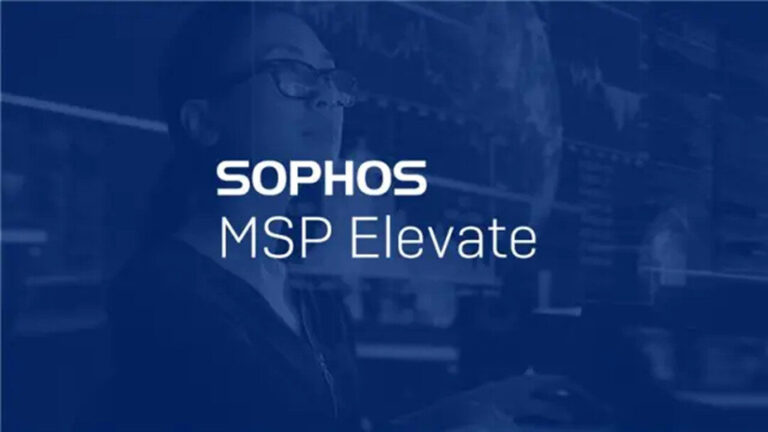Cybersecurity in the Age of Digital Twins: Securing Virtual Replicas of Physical Systems
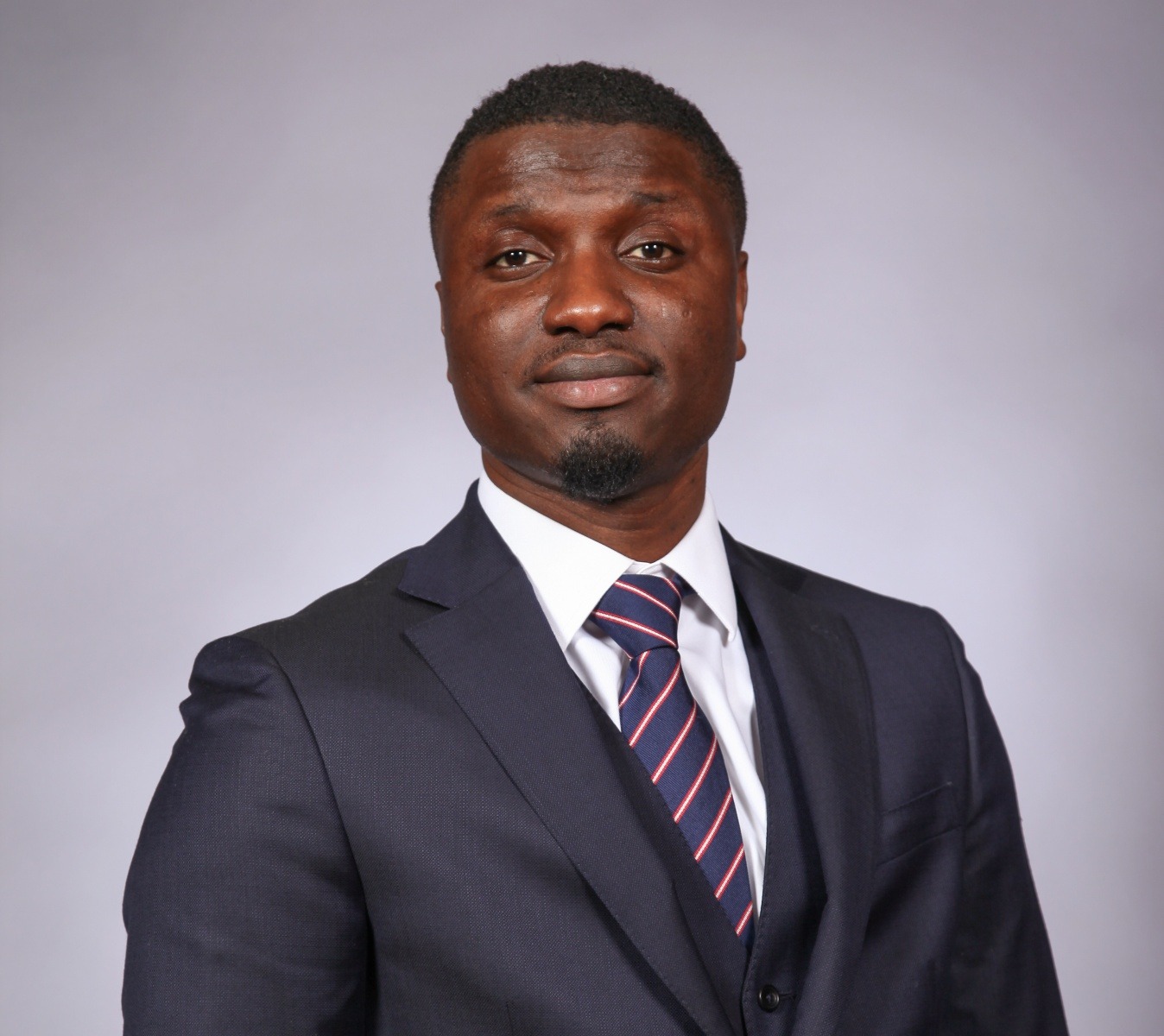
Recently, the digital transformation has continued to rebuild industries and redefine operational efficiencies. One of the most important innovations is the establishment of digital twins, a technology that provides organisations to create evolving, real-time virtual replicas of physical systems.
From healthcare to manufacturing, urban planning to energy management, digital twins are transforming the method businesses approach enhancement, predictive maintenance and decision-making. However, as every technology expands, digital twins come with their own certain security challenges.
The security effects of this technology are substantial, and companies come together to find lasting solutions to the pressing need to secure these digital counterparts from cyber threats.
A digital twin is basically a digital identification of a physical object, process, or system. These replicas are regularly incorporated with data from sensors on the physical object, providing access for the twin to mirror the real- time state and behaviour of the physical entity.
This seamless integration enables businesses to analyse data, run simulations, and predict potential setbacks all without physically interacting with the object.
However, as this seamless exchange of data between the physical and virtual worlds expands, so too does the risk that cyber attackers can invade these systems, manipulate data, or discard operations.
One of the most significant security risks encountered by digital twins is the feasibility of unlicensed access. The real-time data that link between physical systems and their virtual counterparts is an open space for attackers. By providing access to this information, malicious actors can exploit the digital twin, destroy operations, or even cause the physical system to malfunction. For instance, in an industrial setting, an intruder could make changes to the digital twin’s data in order to mislead engineers, potentially causing equipment to malfunction and process breakdowns. This level of cyber interference can result in catastrophic consequences, in cases when major infrastructures, such as power grids or medical devices, are involved.
In relation to unauthorised access, data integrity is another critical concern. Digital twins rely on accurate and reliable data to function properly. Any compromise to the integrity of the data exchanged between the physical and virtual systems can render the digital twin unreliable, resulting in poor decision- making and operational deficiency. In the event of a digital twin monitoring a robust manufacturing process, data manipulation could lead to incorrect predictions about equipment maintenance or operational performance, thereby endangering the safety and effectiveness of the entire production process. Protecting data integrity is therefore pivotal to ensuring that digital twins continue to enhance value without opening organisations up to new risk.
Furthermore, the connection of digital twin technology presents a larger attack surface for cybercriminals. Digital twins regularly incorporate different systems, platforms, and IoT devices to ensure seamless data flow and accuracy.
This interconnectedness, while important for real-time monitoring, also means that a single vulnerability in any one component of the ecosystem could provide an access for cyber bullies to infiltrate the entire system.
A compromised IoT sensor, for example, could serve as a weak link, allowing an attacker to manipulate the data fed into the digital twin. The ripple effects of such an attack could spread beyond the initial breach, affecting multiple systems and processes.
Addressing these security implications entails a proactive and robust mechanism to digital twin cybersecurity. Companies must first identify that custom cybersecurity measures may not be enough to safeguard the intricacies of digital twin systems. Safeguarding the digital twin entails a stratified strategy that starts with robust identity and access management. Ensuring that only authorised personnel and systems have access to the digital twin is essential for curbing unlicensed access and data breaches. This can be achieved through solid authentication protocols, role-based access controls, and the use of encryption to protect communication channels between the physical and virtual environments.
Another important perspective of protecting digital twins is incorporating continuous monitoring and real-time threat detection. Digital twins work in real-time, which means that security monitoring must also take place swiftly to identify and respond to potential risk immediately. Anomalous behaviour detection systems, which leverage AI and machine learning to identify unusual patterns in data, can be particularly effective in this aspect. By detecting irregularities from normal operational proceedings, these systems can notify cybersecurity teams of potential cyberattacks before they cause substantial destruction.
Anuoluwapo Olawuyi expertise in cybersecurity makes him a leader in addressing the challenges posed by upcoming solutions like digital twins. With over five years of experience, his insights offer solid direction to companies navigating the robust landscape of safeguarding their virtual replicas from cyber threats. As industries continue to explore the vast possibilities of digital twins, the urgent need for cybersecurity will only continue to expand, making sure that innovation and security move forward hand in hand.
Meet the Writer:
Anuoluwapo Olawuyi is a senior cybersecurity engineer with decades of experience protecting digital infrastructures and enhancing security measures. He has effectively oversaw the deployment of cutting-edge incident response procedures and threat detection technologies, greatly enhancing operational security and lowering vulnerabilities in a variety of sectors. Expert in risk management, cloud security, and cybersecurity procedures, Anuoluwapo continuously provides cutting-edge solutions that boost system resilience and safeguard vital assets. Maintaining company continuity and fostering customer trust has been made possible by his leadership in reducing security incidents and speeding up response times. Anuoluwapo demonstrates exceptional problem-solving skills and collaborates well with cross-functional teams to guarantee operational success and security excellence.



